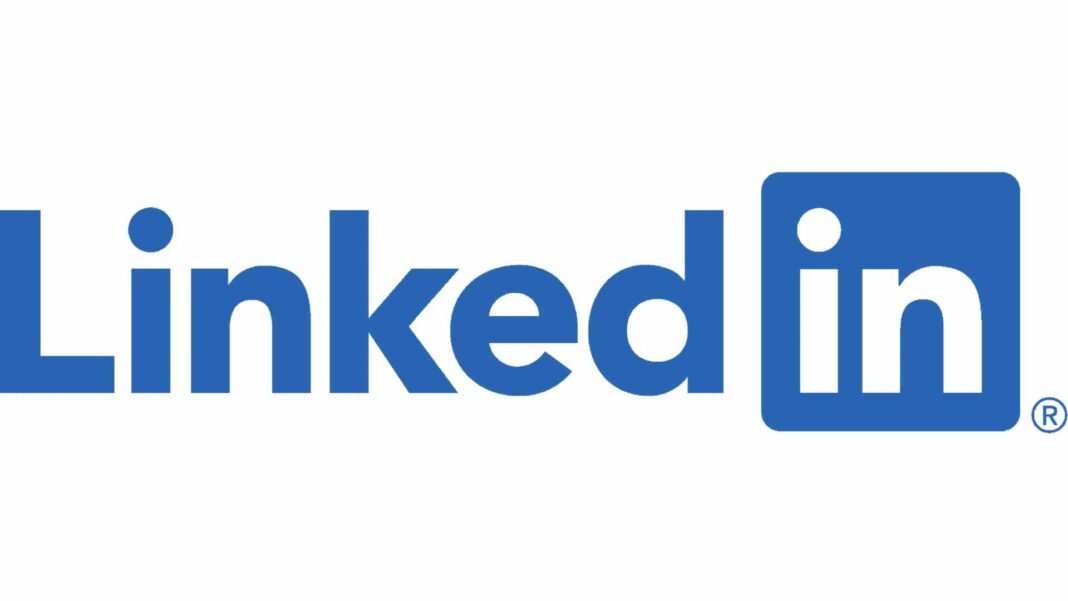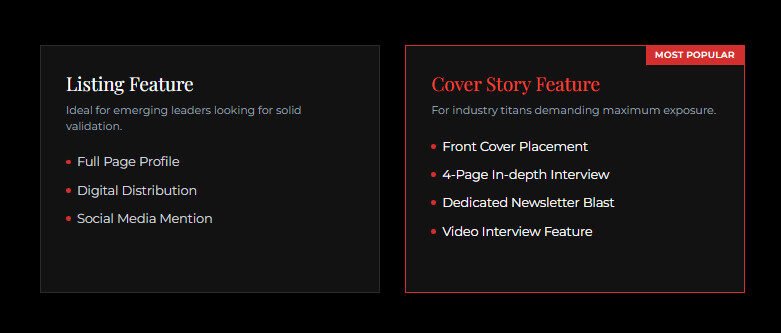LinkedIn has become a pivotal platform for job seekers and recruiters alike, shaping the modern job market. Recently, LinkedIn shared insights into how likely users are to receive responses to their job applications.
Understanding LinkedIn’s Response Rates
The Current Landscape
LinkedIn boasts over 20 million job listings at any given time, with more than 9,000 applications submitted every minute. Despite this high activity level, response rates can vary significantly among users and industries. According to recent statistics, the average response rate for job applications on LinkedIn is notably low, with many users reporting a lack of feedback from potential employers.
LinkedIn Job Applications Statistics
A user shared their experience applying for jobs on LinkedIn and Indeed, revealing stark differences in response rates:
- LinkedIn: Out of 68 applications, 96% received no response, while only 3% garnered a reply.
- Indeed: In contrast, from 88 applications, 20% received responses. These figures suggest that job seekers might find better engagement on Indeed compared to LinkedIn.
Factors Influencing Response Rates
Industry Variability
Response rates can fluctuate based on the industry. For instance, roles in quality assurance showed a higher likelihood of receiving responses than those in sectors with fewer in-person requirements. Industries like retail and hospitality are currently experiencing aggressive recruitment efforts due to rising demand post-pandemic, which may lead to higher response rates in these fields.
Profile Optimization
One critical factor influencing response rates is how well a user’s LinkedIn profile is optimized. Recruiters often rely on specific keywords when searching for candidates. Those who effectively incorporate relevant skills and keywords into their profiles tend to appear more frequently in search results, increasing their chances of being noticed by potential employers.
InMail Messaging
LinkedIn’s InMail feature allows users to send messages directly to recruiters or hiring managers. Data shows that InMail messages have a response rate three times higher than traditional email outreach. This suggests that utilizing InMail can significantly enhance a candidate’s visibility and likelihood of receiving a response.
Enhancing Your Chances of Getting a Response
Crafting an Effective Profile
To improve the chances of receiving job responses on LinkedIn, users should focus on the following aspects:
- Headline Optimization: The headline is one of the first things recruiters see. A compelling headline that includes relevant keywords can attract attention and improve search visibility.
- Detailed Experience Section: Clearly outlining past experiences and achievements helps recruiters quickly assess qualifications.
- Skill Endorsements: Actively seeking endorsements for key skills from connections can enhance credibility.
Engaging with Content
Regularly engaging with content on LinkedIn can also increase visibility. Sharing industry-related articles or commenting on posts can help build a professional presence and attract attention from recruiters.
Networking Effectively
Building a robust network is essential for increasing response rates. Users should connect with professionals in their field and engage meaningfully with their content. This increases visibility and opens doors for referrals—35% of LinkedIn users found jobs through referrals from connections.
The Importance of Patience and Persistence
While low response rates may be discouraging, job seekers must remain patient and persistent. The job market is highly competitive, and many applicants may be vying for the same positions. Regularly updating profiles, applying strategically, and maintaining an active presence can gradually improve chances over time.
LinkedIn remains an essential tool for job seekers aiming to connect with potential employers. However, understanding the platform’s dynamics—such as response rates influenced by industry trends and profile optimization—can significantly impact outcomes. By enhancing their profiles, engaging actively with content, and leveraging networking opportunities, users can improve their chances of receiving responses to their job applications.
As the job market continues to evolve, staying informed about trends and best practices will empower job seekers to navigate LinkedIn effectively and secure the opportunities they desire.










